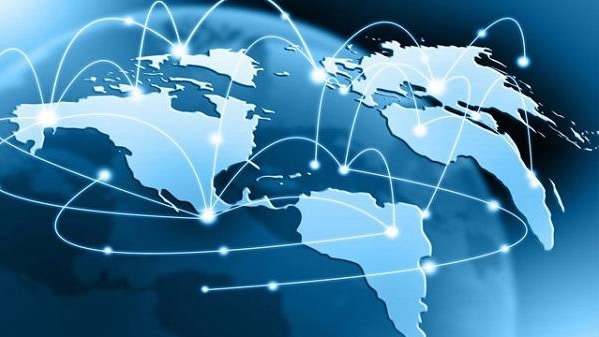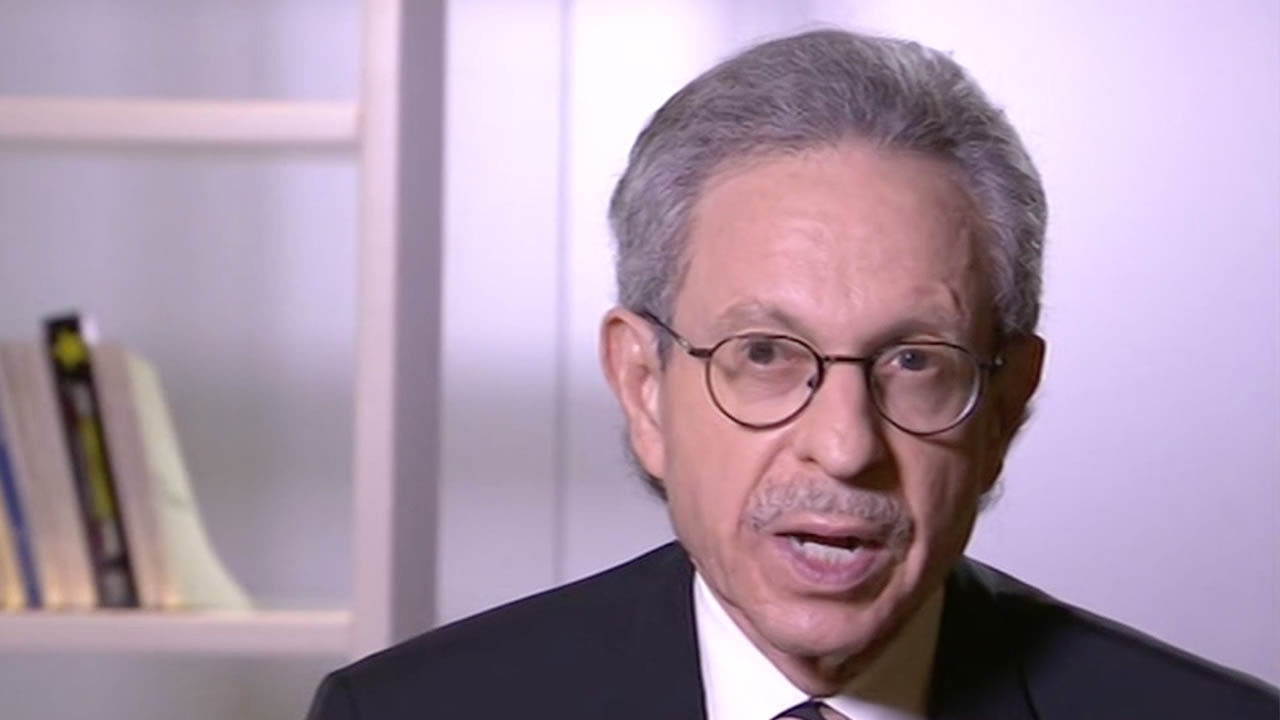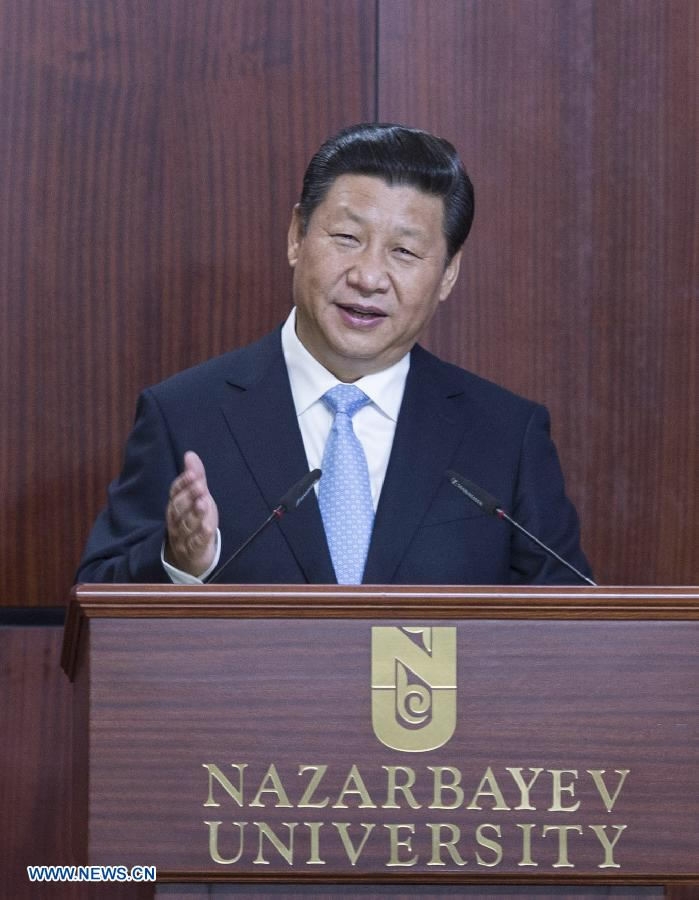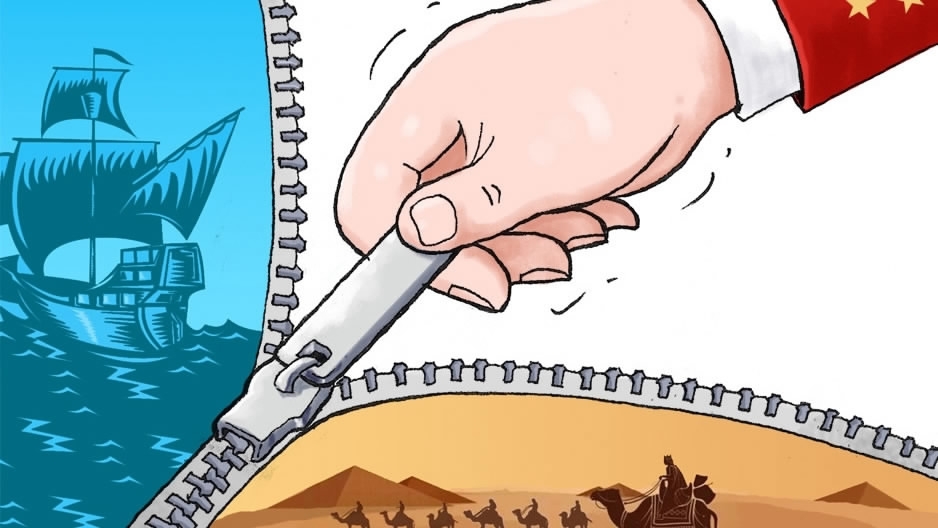
Politics
22:36, 09-May-2017
Closer to the Belt and Road Initiative with R.L. Kuhn: Development comes first

By CGTN’s R.L.Kuhn
The Belt and Road Initiative refers to the Silk Road Economic Belt over land and the 21st Century Maritime Silk Road over the seas. It was launched by the Chinese government to promote economic cooperation among participating countries.
The Belt and Road Initiative focuses on infrastructure projects that are jointly built through consultation to meet the interests of all. Belt and Road connectivity projects help align and coordinate the development strategies of participating countries, build market potential, promote investment and consumption, and create demand and job opportunities.
The human side of the Belt and Road Initiative encourages people-to-people and cultural exchanges, and fosters mutual learning, so that diverse peoples can understand, trust and respect each other, live in peace and harmony, and seek prosperity and fulfillment.

To comprehend President Xi Jinping’s Belt and Road Initiative, one must appreciate globalization, which is based on the perennial law of comparative economic advantage but which is suffering current discontent due to its differential impact on workers in Western countries.
In a reversal of historic proportions, China, once closed to the world, now champions globalization, while the United States, once the pillar of globalization, is now conflicted with “America First” protectionism. Though the irony runs deep, the logic is sound economics.

Chinese President Xi Jinping proposes that China and Central Asia join hands to build a Silk Road Economic Belt to boost cooperation at Nazarbayev University in Astana, Kazakhstan, September 7, 2013. /Xinhua Photo
Chinese President Xi Jinping proposes that China and Central Asia join hands to build a Silk Road Economic Belt to boost cooperation at Nazarbayev University in Astana, Kazakhstan, September 7, 2013. /Xinhua Photo
China’s developmental miracle was enabled by globalization, as Chinese workers made China the low-cost manufacturing center of the world - and as a result, although all Americans enjoyed higher standards of living with less expensive products, some Americans lost their jobs and suffered ignominious unemployment.
But now China’s old model no longer works - for one, workers need higher salaries to rebalance severe socio-economic imbalances. China must develop new modes of globalization, leveraging its expertise and experience, especially in infrastructure construction, which is just what the developing world needs to kick-start their economies.

Belt and Road Initiative strengthens the link between countries along the route. /CFP Photo
Belt and Road Initiative strengthens the link between countries along the route. /CFP Photo
China’s Belt and Road Initiative expands links between Asia, Africa and Europe and thus reduces imbalances in national development and promotes economic growth. It focuses on the projects - such as high-speed railways that facilitate local development - without criticizing local governments or moralizing over alleged abuses.
Development comes first, China believes; nothing good happens without economic growth.

The Belt and Road Forum for International Cooperation 2017 will be held in Beijing on May 14-15, 2017. /Brfmc Photo
The Belt and Road Forum for International Cooperation 2017 will be held in Beijing on May 14-15, 2017. /Brfmc Photo
At The Belt and Road Forum for International Cooperation, President Xi Jinping will attend the opening ceremony and host the roundtable summit of state leaders. They will seek consensus on major cross-regional projects, especially transportation networks of road, rail and shipping. China says its Belt and Road Initiative will help create "a new era of globalization", open to all.
Belt and Road globalization will also help China rebalance its own imbalanced geographies because China’s Belt and Road gateway provinces are largely less developed. That’s the insight of this win-win ‘inflection point’. An ‘inflection point’ in mathematics occurs when there is a change of curvature, say from concave to convex. There is now an ‘inflection point’ occurring in China’s diplomacy, catalyzed by the Belt and Road initiative, as the country changes from reactive to pro-active in its international relations.
President Xi’s foreign policy engages the world - safe-guarding China’s core interests, encouraging mutual economic development, and hastening China’s emergence as a great power. The Belt and Road Initiative exemplifies his strategic thinking.

SITEMAP
Copyright © 2018 CGTN. Beijing ICP prepared NO.16065310-3
Copyright © 2018 CGTN. Beijing ICP prepared NO.16065310-3